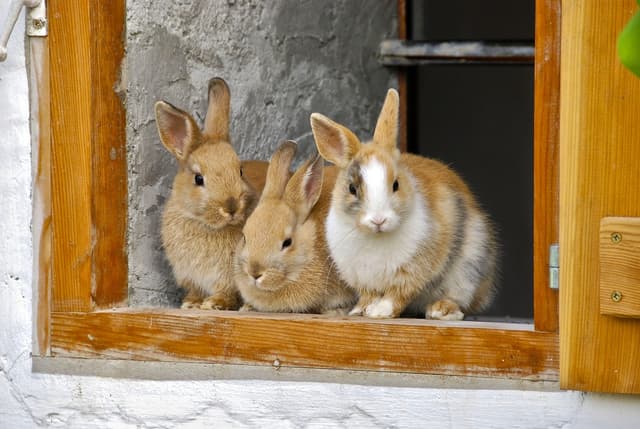Myths about teaching can hold you back
- Year 6
Offspring: similar but not identical
I can describe how offspring of different animals are similar but not identical to their parents.
- Year 6
Offspring: similar but not identical
I can describe how offspring of different animals are similar but not identical to their parents.
These resources will be removed by end of Summer Term 2025.
Switch to our new teaching resources now - designed by teachers and leading subject experts, and tested in classrooms.
These resources were created for remote use during the pandemic and are not designed for classroom teaching.
Lesson details
Key learning points
- Living things produce offspring of the same kind.
- Offspring share some characteristics of their parents.
- Normally offspring vary and are not identical to their parents.
Keywords
Offspring - Living things create offspring when they reproduce.
Similar - Things that are similar have some things in common or are alike in some ways.
Vary - To vary is to differ or change.
Identical - Things that are identical are exactly the same as each other.
Variation - A variation is a difference between two or more things.
Common misconception
Pupils may think that male animals get their characteristics from their father, and female animals from their mother, with no characteristics shared between offspring and parents of different sexes.
Use the images and examples in the lesson to make it clear that offspring share a combination of characteristics of both of their parents, regardless of sex.
To help you plan your year 6 science lesson on: Offspring: similar but not identical, download all teaching resources for free and adapt to suit your pupils' needs...
To help you plan your year 6 science lesson on: Offspring: similar but not identical, download all teaching resources for free and adapt to suit your pupils' needs.
The starter quiz will activate and check your pupils' prior knowledge, with versions available both with and without answers in PDF format.
We use learning cycles to break down learning into key concepts or ideas linked to the learning outcome. Each learning cycle features explanations with checks for understanding and practice tasks with feedback. All of this is found in our slide decks, ready for you to download and edit. The practice tasks are also available as printable worksheets and some lessons have additional materials with extra material you might need for teaching the lesson.
The assessment exit quiz will test your pupils' understanding of the key learning points.
Our video is a tool for planning, showing how other teachers might teach the lesson, offering helpful tips, modelled explanations and inspiration for your own delivery in the classroom. Plus, you can set it as homework or revision for pupils and keep their learning on track by sharing an online pupil version of this lesson.
Explore more key stage 2 science lessons from the Evolution and inheritance unit, dive into the full primary science curriculum, or learn more about lesson planning.

Equipment
None required.
Content guidance
- Depiction or discussion of sensitive content
Supervision
Adult supervision recommended
Licence
Prior knowledge starter quiz
6 Questions
Q1.Things that are similar …
Q2.Things that are identical …
Q3.What are offspring?
Q4.All animals can make copies of themselves. This is called .
Q5.Which of these are able to reproduce?
Q6.What are the characteristics of a living thing?
Assessment exit quiz
6 Questions
Q1.Which of these is the offspring of this animal?





Q2.Which of these statements are correct?
Q3.The difference between parents and offspring is known as …
Q4.A sheep is pregnant with offspring. The offspring will have …
Q5.Which of these statements are correct?
Q6.These rabbits have the same parents and were born at the same time. Why do they look different to each other?



